Ninth annual Green Innovation Index finds California light-duty vehicle emissions spike; major challenge to 2030 climate goals
Green Car Congress
AUGUST 22, 2017
Job growth between 2006 and 2015 in California outpaced rates experienced prior to 2006, and outpaced total US employment gains by 27%. California has experienced tremendous success implementing policies that incentivize innovation in business, technology and carbon reduction. Noel Perry, businessman and founder of Next 10.









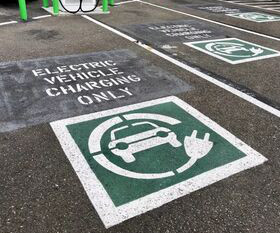





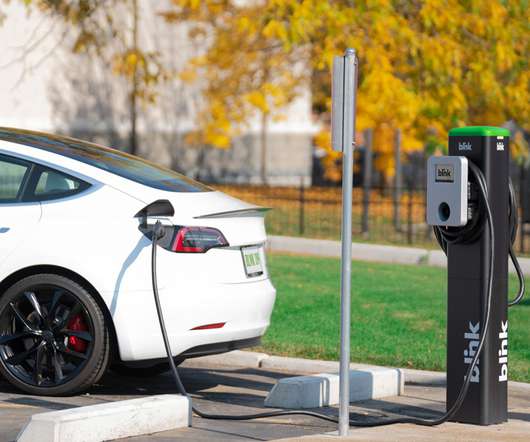





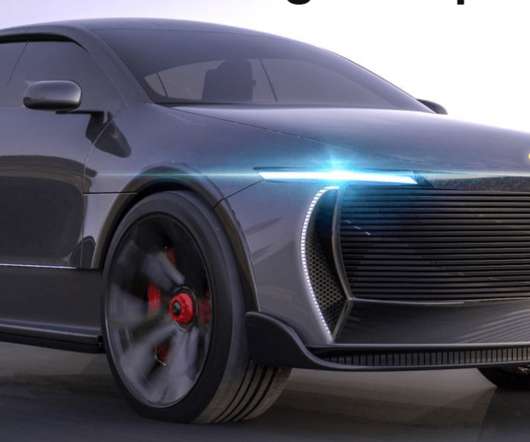
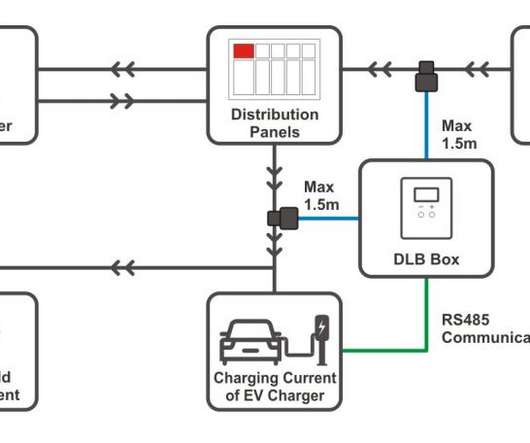




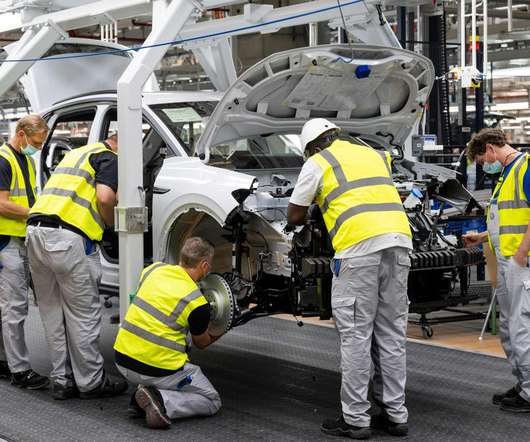










Let's personalize your content